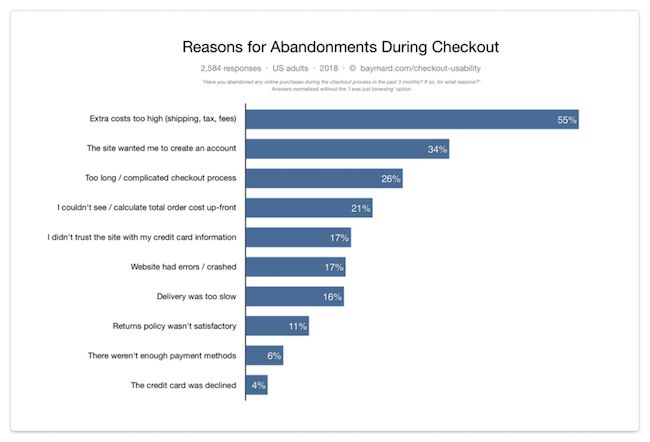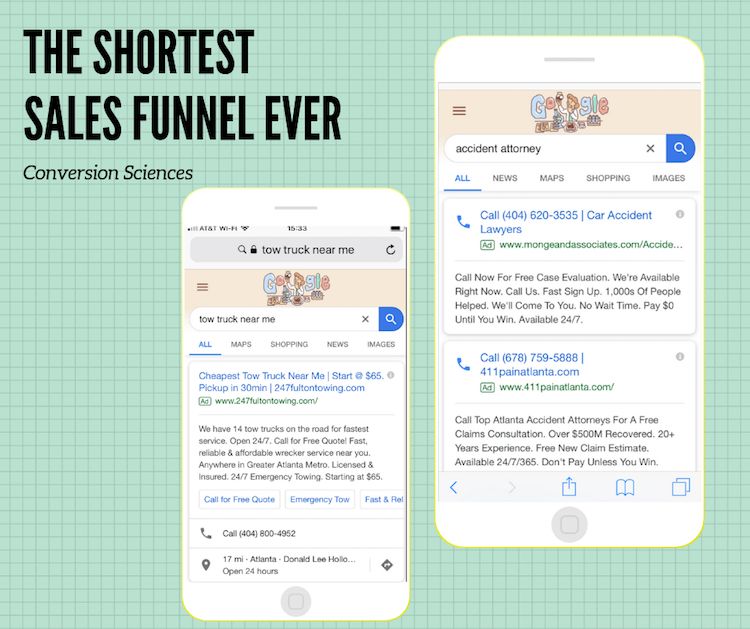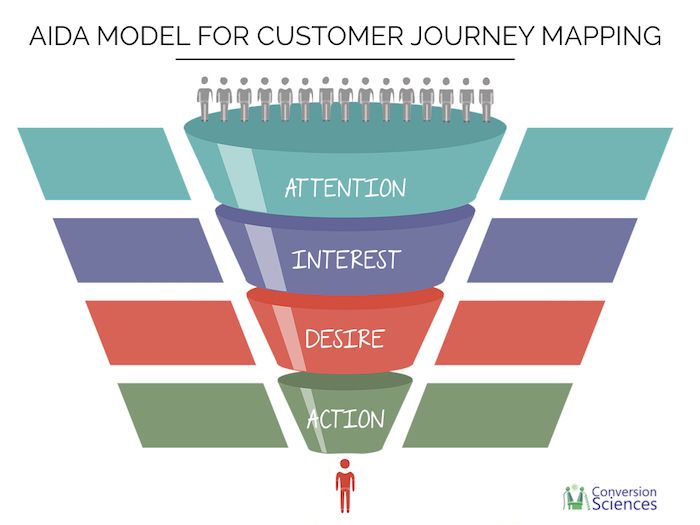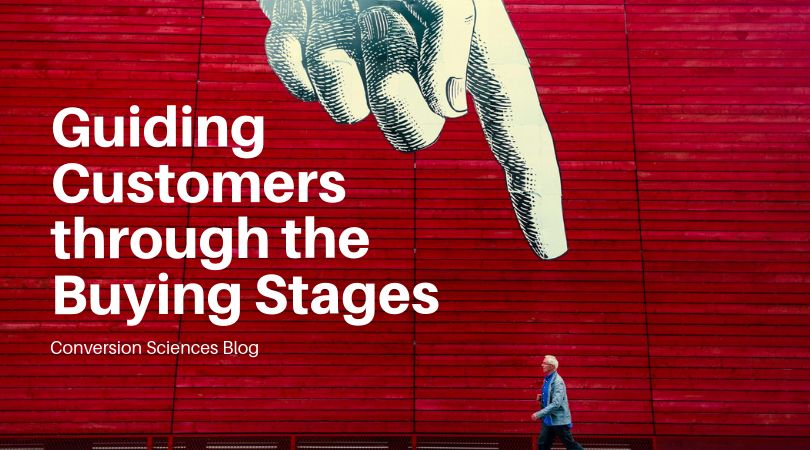Test and implement these guest checkout tactics to reduce cart abandonment, grow ecommerce sales and conversion rates, and have your customers complete the purchase.
As a customer, do you really want to create an account for every single website you interact with? Absolutely not. On the other hand, if you are a customer, you want these online retailers to know who you are. This is why a website without a guest checkout is regarded as a “conversion killer”.
Having a guest checkout is one way to keep people from leaving your ecommerce site before they buy.
You may be worried about losing that connection with the customer. But don’t fear. If you implement some of these guest checkout ideas, you will be able to continue the conversation – even if they say they can’t stay for long as of now.
Let’s review these guest checkout tactics to help us grow sales and improve the user experience. It’s jam-packed with examples and ideas from a group of top US ecommerce sites we evaluated to illustrate this article.
Guest Checkout Tactics: What can I do to increase my ecommerce conversion rates?
34% of the users in a Baymard Institute study abandoned an order because they were not offered an ecommerce guest checkout option.
Guest checkouts are an increasingly standard feature of most ecommerce sites today. But what sets the real winners apart is the checkout experience or the finesse with which they give the customer a choice between registering and proceeding as a guest.
If we ignore the segment of visitors that are “just browsing”, and look at the remaining reasons for abandoned carts, we get the above distribution. Source: Baymard Institute cart abandonment rate statistics.
1. Create account after purchase
Ironically, the only bit of additional information an ecommerce site needs is a password to create an account. Anyone paying with a credit card is providing their name, and it is standard practice to provide an email address for receipts and order updates.
Allow guest shoppers to create an account after the purchase is complete. Most of the information will have been filled in, and it would probably be a matter of adding a couple of fields. This will certainly help raise conversion rates, and may have only a small impact on the number of accounts your customers create.
Did you know that your customers are more likely to create an account after they purchase? This may seem counter-intuitive, the best time to ask someone to do something for you is right after they’ve purchased. They like you more because they chose you.
If you want to take it a step further, offer a guest checkout only and tell them they can create an account later, if they so desire.
2. Express payment options or social signups
A good way to complement a guest checkout, which will also save time filling out forms, is to offer a social signup or PayPal as the payment method. Notice how your customers can then go through the checkout without having to enter lots of details.
Not only will these options make for a smooth checkout UX, they will have a big impact on mobile checkout rates. No matter how short you make your forms, nothing beats a pre-filled option, especially when you are doing it on your phone.
Be careful, though. Not everyone trusts ecommerce websites with their social data. Thanks, Cambridge Analytica. Instead of “Login with LinkedIn”, try language like “Auto-fill from LinkedIn.”
Add this AB test to your mobile conversion optimization list, and see if you can grow the number of completed orders with express sign-ups.
3. Save your details for the next time
The smartest ecommerce sites give visitors clear reasons for creating an account at the time of purchase. They know repeat customers spend 67% more than new customers.
Of all the guest checkout tactics, this is the one I favor the most. Nothing pushy about signing up for an account or registering for future savings. Just a plain “would you like to save your details for the next time?” Why not? If I enjoy your products, I will definitely be coming back to your shop.
Do you offer a customer loyalty program? Well, there’s no better time to promote the incredible benefits of your program than right after a purchase.
Conversion Sciences Pro Tip: Craft a special exit-intent pop-up on your thank-you page that invites your new customer to enjoy the benefits of having an account. An exit-intent popup appears when the visitor is about to leave your site. This is a good time to offer something like, “Let us save your details and earn loyalty points.”













